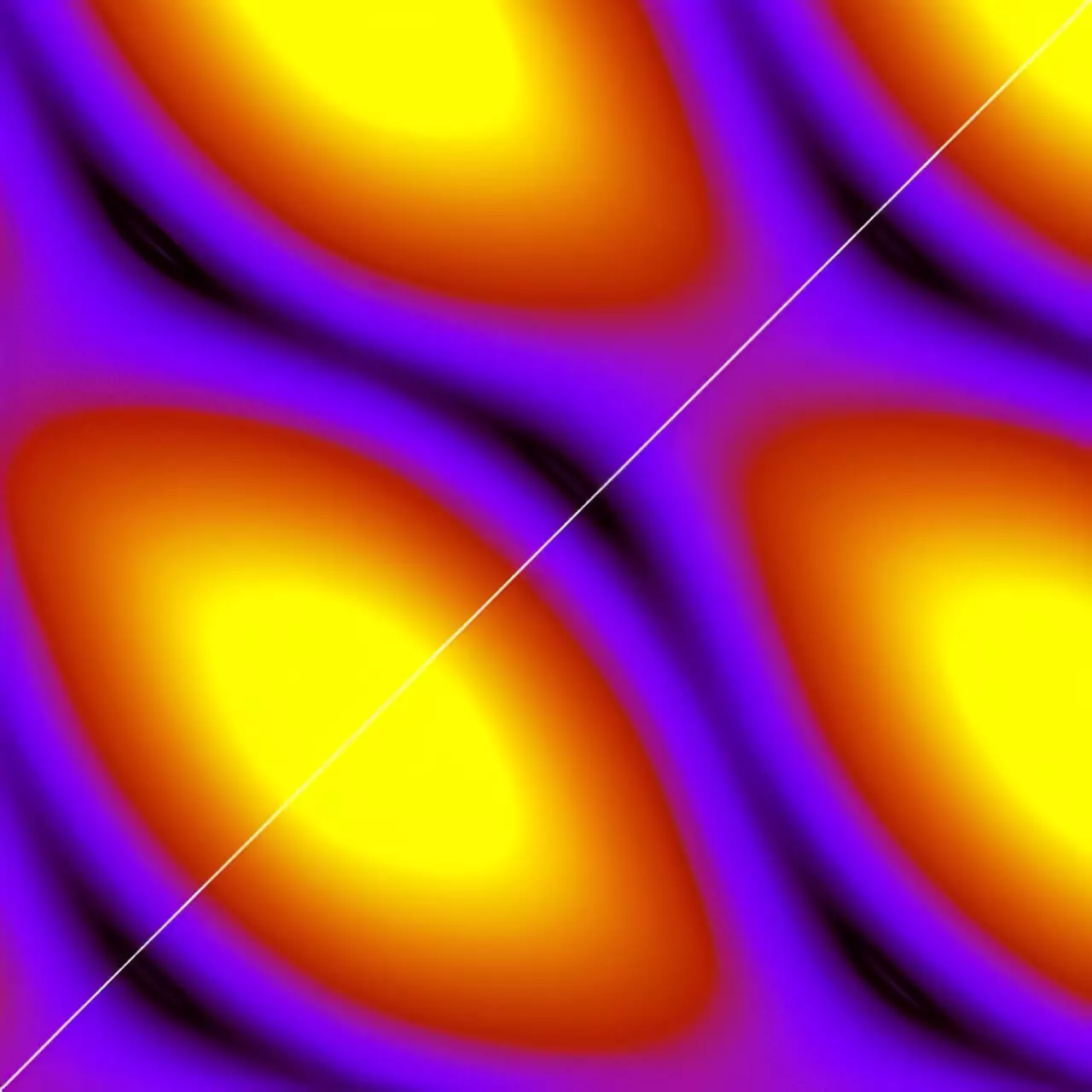In a recent study conducted by physicists at RIKEN, electronic states resembling molecules have been successfully created in superconducting circuits. This breakthrough holds significant promise for the future of quantum computers, as these unique structures known as Andreev molecules could revolutionize quantum information technologies. This innovative research, led by Sadashige Matsuo, has been published in the prestigious journal Nature Communications.
Superconductors and Their Advantages
Superconductors hold a distinct advantage over traditional materials in electronic circuits due to their ability to conduct electricity without any resistance, thereby eliminating wasteful heating. This property not only enhances the energy efficiency of electronic devices but also opens up doors to harnessing quantum-mechanical interactions between electrons. These interactions give rise to superconductivity, offering a wide range of functionalities that are not possible with conventional devices.
The Role of Josephson Junctions
At the heart of superconducting circuits lie Josephson junctions, which serve as the basic building blocks for these innovative structures. These junctions consist of a normal material sandwiched between two superconductors, enabling the control of supercurrent flow. When electrons in the normal material interact with the superconductors, Andreev bound states are formed, leading to the creation of unique structures such as Andreev molecules.
Matsuo and his team focused on investigating the interaction between two Josephson junctions sharing a common superconducting electrode. This configuration allowed for the formation of Andreev molecules, where the bound states associated with each junction interacted through the shared electrode. The presence of Andreev molecules enabled one Josephson junction to control the behavior of another, resulting in the emergence of exotic superconducting transport phenomena.
Experimental Validation
To validate their findings, Matsuo and his colleagues fabricated two Josephson junctions using a thin layer of indium arsenide and connected them through a superconducting aluminum electrode. By conducting tunneling spectroscopy experiments, the team was able to observe the energy levels corresponding to Andreev molecules in the coupled Josephson junctions. This groundbreaking research not only confirmed the existence of Andreev molecules in this specific configuration but also demonstrated their controllability for the first time.
The successful observation and manipulation of Andreev molecules in superconducting circuits represent a significant milestone in the field of quantum computing. These findings pave the way for the development of novel quantum information technologies, including the potential for less dissipative rectifiers in superconducting circuits. By unlocking the capabilities of Andreev molecules, researchers can harness these exotic effects to drive innovation in quantum computing and advance the realm of superconducting electronics.
The creation and manipulation of Andreev molecules in superconducting circuits mark a compelling advancement in the field of quantum computing. This research opens up new possibilities for utilizing quantum-mechanical interactions in electronic devices, with far-reaching implications for the future of quantum information technologies. Through continued exploration and experimentation, researchers aim to unlock the full potential of Andreev molecules and harness their unique properties to drive the next generation of quantum computers and superconducting electronics.


Leave a Reply